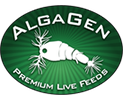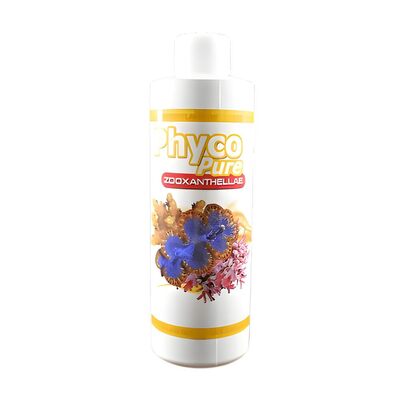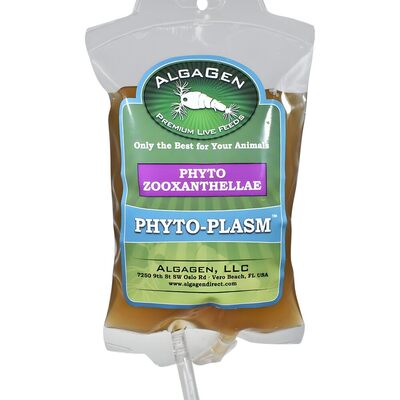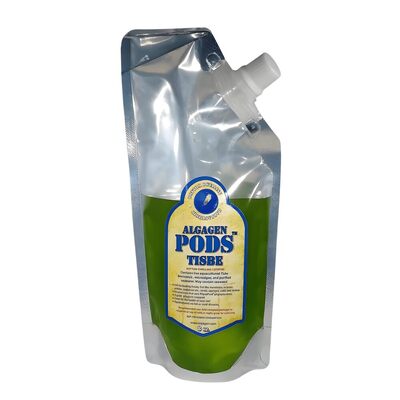For any aquarium enthusiast, the health and well-being of their aquatic ecosystem is paramount. Essential to this ecosystem are the small but mighty copepods and amphipods. These tiny crustaceans are vital in maintaining a balanced and thriving aquarium environment. This comprehensive guide delves into the benefits of copepods and amphipods, their differences, how to care for them, and tips on integrating them into your aquarium.
Understanding Copepods and Amphipods
Copepods
Copepods are small, often microscopic, crustaceans found in nearly every aquatic environment. They are a critical part of the aquatic food web, serving as a primary food source for many fish and invertebrates. There are several types of copepods commonly found in aquariums:
- Calanoid Copepods: These are usually found swimming freely in the water column and are excellent for feeding open-water fish.
- Cyclopoid Copepods: These copepods are versatile in their habitat preferences; they can be found in the water column and near the substrate.
-
Harpacticoid Copepods: Primarily benthic, these copepods are ideal for bottom-dwelling fish and invertebrates.
Amphipods
Amphipods, slightly larger than copepods, are tiny crustaceans found in marine and freshwater environments. They have a more complex body structure and are often seen crawling on substrates or hiding among rocks and plants. Amphipods play a significant role in the aquarium by serving as a food source and helping to keep the tank clean. Common types include:
- Gammarus: These amphipods are commonly found in freshwater and are excellent scavengers.
- Caprellidae (Skeleton Shrimp): These marine amphipods are known for their elongated bodies and often cling to algae and sponges.
Benefits of Copepods and Amphipods
Natural Food Source
One of the primary benefits of copepods and amphipods is their role as a natural food source. Many marine and freshwater species, mainly juvenile fish and invertebrates, thrive on a diet of these tiny crustaceans. They provide essential nutrients, including proteins, lipids, and fatty acids, crucial for growth and development.
Nutrient Cycling
Copepods and amphipods contribute to nutrient cycling within the aquarium. By consuming detritus, algae, and other organic matter, they help break down waste and recycle nutrients, maintaining a healthier and cleaner tank environment.
Algae Control
Both copepods and amphipods feed on various types of algae, including phytoplankton. This grazing helps control algal growth and prevents algal blooms, reducing the need for chemical treatments and promoting a balanced ecosystem.
Enhanced Biodiversity
Introducing copepods and amphipods into your aquarium increases biodiversity. A diverse tank environment is more resilient to changes and stresses, leading to a more stable and thriving ecosystem.
Caring for Copepods and Amphipods
Habitat Requirements
To successfully maintain copepods and amphipods in your aquarium, providing an environment that meets their needs is essential. Here are some key factors to consider:
- Substrate: A sandy or fine gravel substrate is perfect for benthic copepods and amphipods, providing hiding places and a surface for feeding.
- Live Rock and Plants: Adding live rock and aquatic plants offers additional surfaces for these crustaceans to inhabit and hide, promoting a natural and healthy environment.
-
Water Quality: Maintaining stable water parameters, such as temperature, pH, and salinity, is crucial. Regular water changes and monitoring are essential to ensure optimal conditions.
Feeding Copepods and Amphipods
While copepods and amphipods can survive on detritus and algae, supplementing their diet ensures they remain healthy and plentiful. Consider the following:
- Phytoplankton: Adding phytoplankton to the tank provides a primary food source for copepods, especially calanoid and cyclopoid types.
-
Commercial Feeds: Specialized feeds are available designed for copepods and amphipods, offering a balanced diet to promote their growth and reproduction.
Breeding and Population Maintenance
Copepods and amphipods can reproduce rapidly under favorable conditions, ensuring a constant supply of these beneficial crustaceans. Here are some tips to encourage breeding:
- Refugiums: Setting up a refugium can create a safe space for copepods and amphipods to breed without predation pressure. This separate area allows populations to grow and spill into the main tank.
- Avoid Over-Predation: While many fish and invertebrates feed on copepods and amphipods, managing predation levels is essential. Providing alternative food sources for predators can help balance their populations.
Integrating Copepods and Amphipods into Your Aquarium
Initial Introduction
When introducing copepods and amphipods into your aquarium, it's essential to acclimate them slowly to their new environment. Float the container in the tank to equalize the temperature, then gradually mix tank water with the container water for 15-30 minutes before releasing them.
Monitoring and Maintenance
Regularly check the population levels of copepods and amphipods in your aquarium. If you notice a decline, it may be necessary to supplement their diet or add more from a cultured source. Regular water quality checks and tank maintenance are crucial to ensure their health.
Compatibility with Tank Inhabitants
Most fish and invertebrates will benefit from the presence of copepods and amphipods. However, be mindful of species that may over-predate on these crustaceans. Ensuring a balanced tank community helps maintain healthy populations of copepods and amphipods.
Conclusion
Copepods and amphipods are indispensable allies in maintaining a healthy and thriving aquarium. Their roles as natural food sources, algae controllers, and nutrient cyclers are invaluable for marine and freshwater tanks. Knowing their needs and providing a suitable habitat can ensure that these tiny crustaceans flourish, enhancing your aquarium's overall health and stability. Whether a novice aquarist or an experienced hobbyist, incorporating copepods and amphipods into your care routine is a step towards achieving a vibrant and dynamic aquatic ecosystem.





Recent post